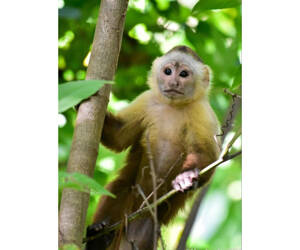
Cebus malitiosus,
Cebus malitiosus,Santa Marta White-fronted Capuchin,Santa Marta white-fronted capuchin monkey
Santa Marta White-fronted Capuchin (scientific name: Cebus malitiosus), fore···
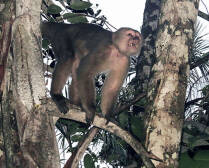
Cebus cuscinus
Cebus cuscinus, Shock-headed Capuchin, Machin de Cara Blanca
Cebus cuscinus (Scientific name: Cebus cuscinus) English Shock-headed Capuch···
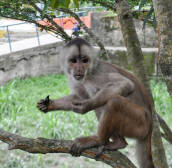
Cebus aequatorialis
Cebus aequatorialis, Ecuadorian White-fronted Capuchin、 Ecuadorian Capuchin, Machín Blanco de Occidente、 Mono Capuchino,Ecuadorian white-fronted capuchin monkey
Ecuadorian Capuchin (scientific name: Cebus aequatorialis) English: Ecuadori···
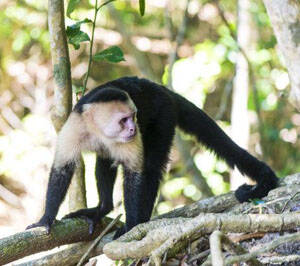
Cebus capucinus
Cebus capucinus, Colombian White-throated Capuchin、 White-faced Capuchin、White-headed Capuchin、 White-throated Capuchin,Sapajou capucin, Capuchino de Cara Blanca de Colombia,Weißschulter-Kapuzineraffe
White-faced Capuchin (scientific name: Cebus capucinus) English Colombian Wh···
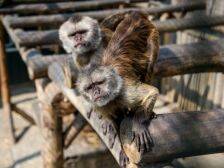
Cebus brunneus
Cebus brunneus,Venezuelan Brown Capuchin、Brown Weeper Capuchin, Capuchino de Venezuela、capuchino、capuchino venezolano、 mono、 mono capuchino、 mono capuchino norteño、mono común, mono pardo, Venezuela-Ka
Brown-capped capuchin (scientific name: Cebus brunneus) English Venezuelan B···
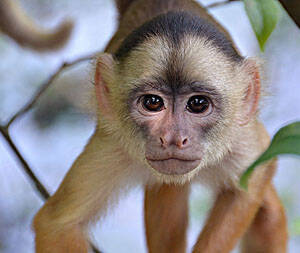
Cebus albifrons
Cebus albifrons,White-fronted Capuchin,White-fronted monkey
White-fronted Capuchin, also known as Cebus albifrons, lives in trees in tro···
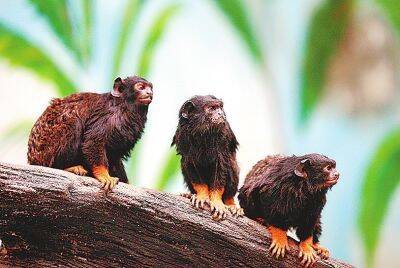
Saguinus tripartitus
Saguinus tripartitus
The scientific name of the golden-bearded tamarin is Saguinus tripartitus. I···
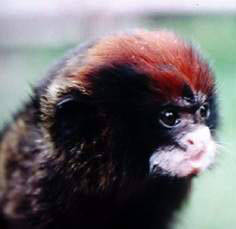
Saguinus pileatus
Saguinus pileatus,Red-cap Moustached Tamarin
Red-cap Moustached Tamarin, scientific name Saguinus pileatus, foreign name ···
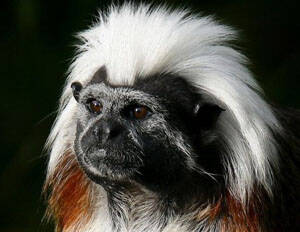
Saguinus oedipus
Saguinus oedipus,Cotton-headed Tamarin,Cotton-top tamarin, Cotton-top tamarin
Cotton-headed Tamarin (scientific name: Saguinus oedipus) is also known as C···
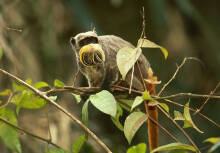
Saguinus imperator
Saguinus imperator,Emperor Tamarin,Emperor tamarin, Emperor tamarin, Long-bearded tamarin, Black-breasted tamarin, Emperor tamarin, Emperor tamarin
Emperor Tamarin (scientific name: Saguinus imperator) is also known as Emper···
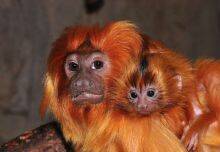
Leontopithecus rosalia
Leontopithecus rosalia,Golden Lion Tamarin
Golden Lion Tamarin (scientific name: Leontopithecus rosalia) is also known ···
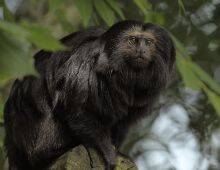
Leontopithecus chrysopygus
Leontopithecus chrysopygus,Black Lion Tamarin,Golden-rumped lion tamarin, yellow-tailed lion tamarin, golden-rumped lion tamarin, golden-rumped lion tamarin
Black Lion Tamarin (scientific name: Leontopithecus chrysopygus) is also kno···
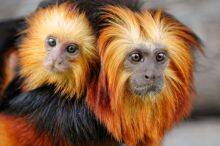
Leontopithecus chrysomelas
Leontopithecus chrysomelas,Golden-headed Lion Tamarin
Golden-headed Lion Tamarin (scientific name: Leontopithecus chrysomelas), fo···
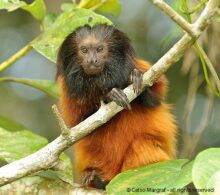
Leontopithecus caissara
Leontopithecus caissara,Black-faced Lion Tamarin
The Black-faced Lion Tamarin (scientific name: Leontopithecus caissara) was ···
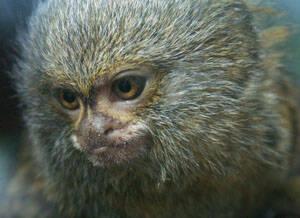
Cebuella pygmaea
Cebuella pygmaea,Pygmy Marmoset,Pygmy marmoset, squirrel monkey, bird monkey
The scientific name of the pygmy marmoset is Cebuella pygmaea, and its forei···
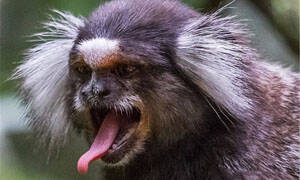
Callithrix jacchus
Callithrix jacchus,Common Marmoset
Common Marmoset (scientific name: Callithrix jacchus) is called Common Marmo···
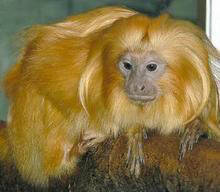
Callithrix flaviceps
Callithrix flaviceps,Yellow-crowned tamarin
The yellow-crowned marmoset (Callithrix flaviceps) is a species of marmoset ···
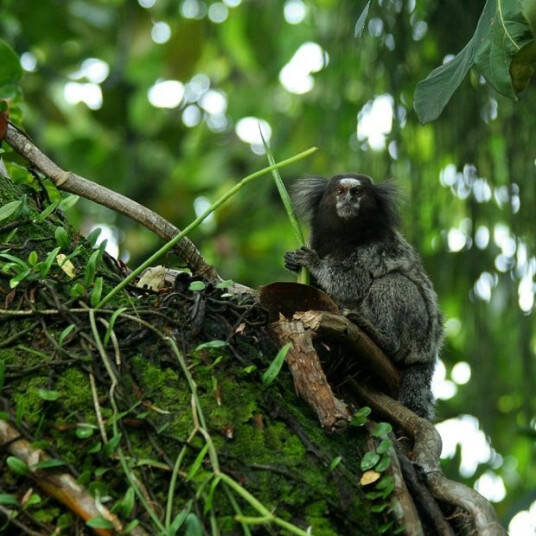
Rio Acari marmosets
Rio Acari marmosets
The Rio Acari marmosets is one of seven new species of monkeys discovered in···
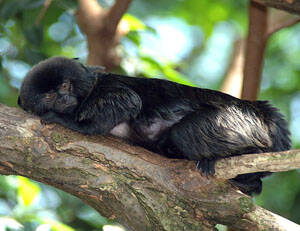
Callimico goeldii
Callimico goeldii
The scientific name of the ring-tailed monkey is Callimico goeldii, which is···
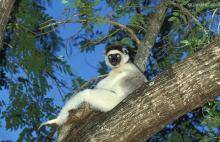
Propithecus verreauxi
Propithecus verreauxi
The scientific name of Verreauxi's crowned lemur is Propithecus verreaux···
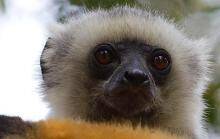
Propithecus diadema
Propithecus diadema
The scientific name of the crowned lemur is Propithecus diadema. It is a tre···
